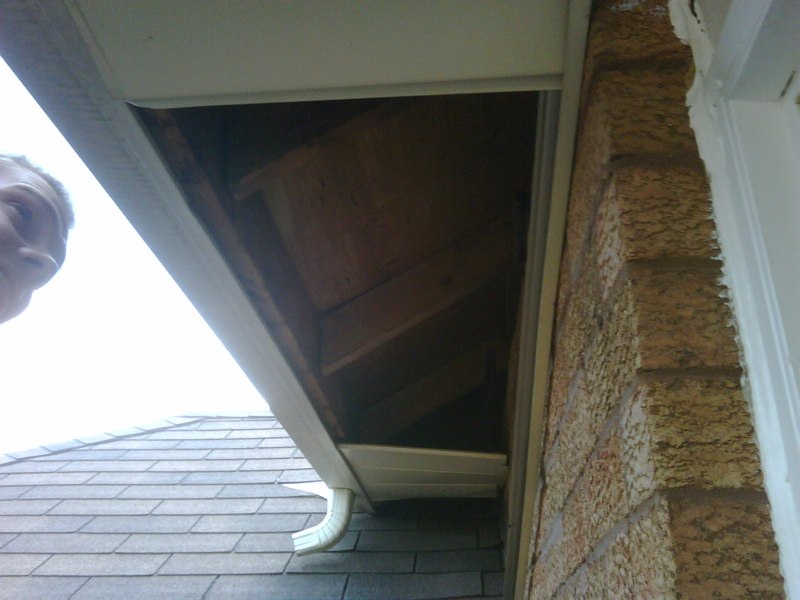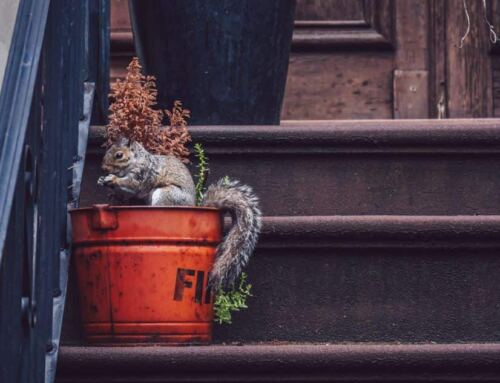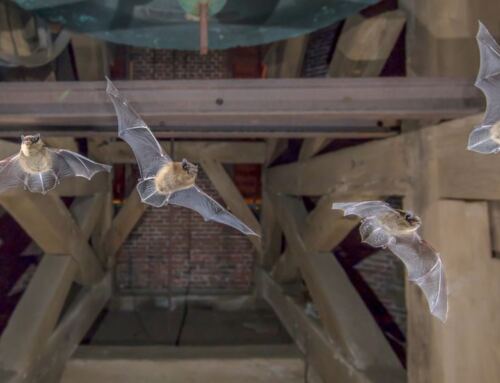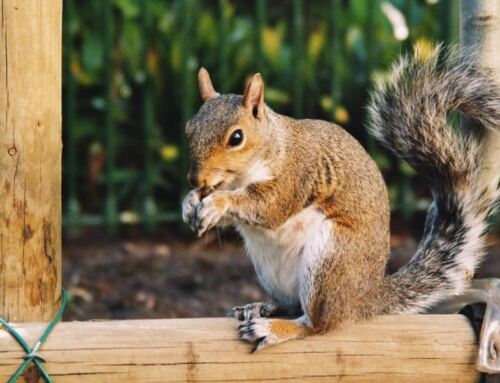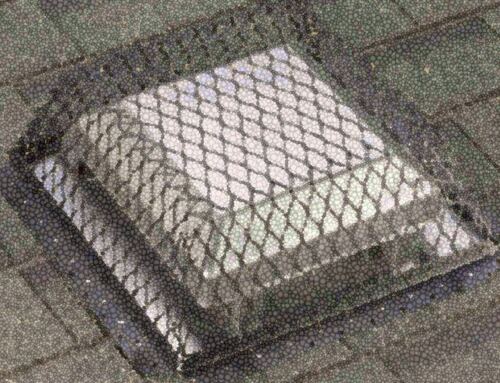Finding animals in the attic is more common than you might think, and needs to be dealt with promptly in order to prevent them from causing any more damage than they already have.
Before you call a wildlife services removal company near you, here’s some helpful info and you might be able to troubleshoot your home invasion problem yourself!
Possible attic animal infiltrators
There are many different species of birds and other animals that can make their way into your attic. These are some of the most common culprits:
How to identify the animal in your attic
Ideally, you want to confirm the identity of your intruder by seeing them for yourself. But if they’re being sneaky and making it hard for you to catch them in the act, you’ll have to use other clues to narrow down your list of suspects. The types of noise they make and the appearance of their feces are two of the most useful ones.
Animals like bats, mice, rats, possums and raccoons tend to be nocturnal – so if your intruder is making noise primarily at night, it could be one of those.
Raccoons may sound like they’re thumping around up there – they’re heavier than smaller rodents, so tend to sound like they’re walking, rather than scampering about. Baby raccoons are known for making a distinctive chittering noise. Adults can be heard growling, hissing, screeching, or even purring. Their feces looks similar to that of a dog, long and cylindrical – it’s usually about six to seven centimeters long.
Bats are stealthy creatures – you’re unlikely to hear a peep out of them, unless you have the misfortune of finding a large colony in your attic that bickers with one another all night as they fight for space to sleep. The best way to confirm the presence of bats is to actually see them flying into or out of your attic. Their feces is generally found in piles of pellet-shaped droppings that turn to dust if touched.
Possums are yet another stealthy creature. Although they are a larger animal, the most you’re likely to hear from them is the occasional bump in the night. Their feces looks a lot like dog droppings (curved, cylinder-shaped).
Mice and rats tend to make pitter patter noises as they race around. Mouse and rat feces have a similar shape (long and almost cylindrical) and are usually found scattered all over the place – but while mouse feces are usually not more than six millimeters long, rat feces can be as long as one centimeter.
On the other hand, squirrels, and most birds are most active during daylight hours. Listen for a quick pitter patter of little feet scampering around and pellet-shaped droppings, if you have squirrels. Birds give themselves away with their chirping. Their feces looks like thick, liquid piles (older droppings will be hardened), and can vary in colour depending on what they eat (ex. white, green, or brown).
A final thing that can clue you in as to what type of animal is most likely in your attic is the size of the entry holes you find. Larger holes may mean you’re dealing with something like a raccoon. Smaller holes point towards little animals such as mice or rats.
What to do about animals in your attic
Once you figure out which kind of animal you’re dealing with, you’ll need to get rid of them. This generally involves sealing off all holes except for one, installing a one-way door so they can’t get back in after leaving to search for food, and sealing up the single remaining entrance once you’re confident all animals have vacated the premises. Before doing any of this, make sure to check whether or not you’re likely to have baby animals up there – if you do, you’re best off waiting until they’ve grown up and left the nest before evicting them.
Is the Animal in Your Attic Mission Impossible?
If all of the above sounds like more aggravation than you’re willing to deal with, remember that you don’t have to do it yourself. You can always get a professional to take care of it for you, for an easy, stress-free animal eviction experience.
“I need Wildlife Services near me to get rid of these animals in my attic!” If yo’re in the Burlington, Oakville, Hamilton or Greater Toronto and need help, contact Regional Wildlife Services now!

